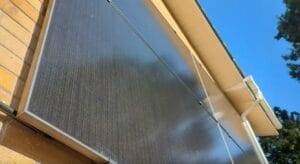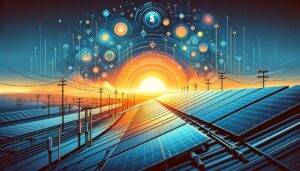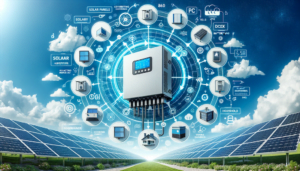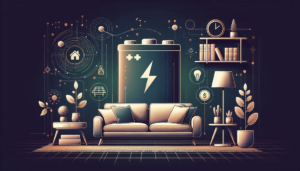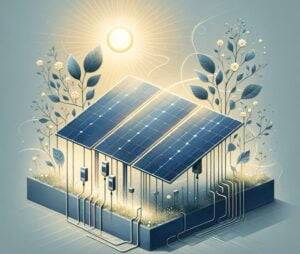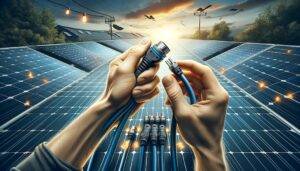Discover the truth about residential solar systems. Learn how they integrate with your home, their performance in various conditions, and their long-term environmental benefits.
Solar energy has recently become a hot topic in home improvement and money savings. However, many homeowners still harbour misconceptions about this technology based on outdated information or outright myths. As solar panels become more efficient and affordable, it’s crucial to separate fact from fiction. Let’s explore and debunk some of the most common solar energy myths.

Understanding Solar Energy: The Basics
Before diving into specific myths, let’s establish a foundation. Solar energy systems for homes typically consist of: Solar panels (photovoltaic cells)
- An inverter (to convert DC power to AC)
- Mounting equipment
- Optional battery storage
These components work together to capture sunlight and convert it into usable electricity for your home
Myth 1: Solar Panels Can Be Directly Plugged into a Plug Socket
The Concern: Many believe that solar panels can be directly plugged into a home’s electrical system, much like a large battery.
The Reality: Solar panels produce DC (Direct Current) electricity, which isn’t compatible with the AC (Alternating Current) power used in homes. To operate safely, a home solar energy system needs an Inverter. The inverter converts the panels DC to AC power for your home.
Myth 2: Solar Panels Don’t Produce Much Energy
The Concern: Some believe that solar panels are inefficient and can’t produce enough energy to power a home effectively. Some go as far suggesting that they are completely unsuitable for climates like the UK.
The Reality: Modern solar panels are highly efficient. A standard residential panel (about 1.8m x 1m) can produce approximately 370-450 watts per hour at peak performance. In ths UK, such single panel can produce around 400 kWh for a year. This means that the total yearly production of eight such panels is equal to the average full year electricity consumption of a three-bed house in the UK.
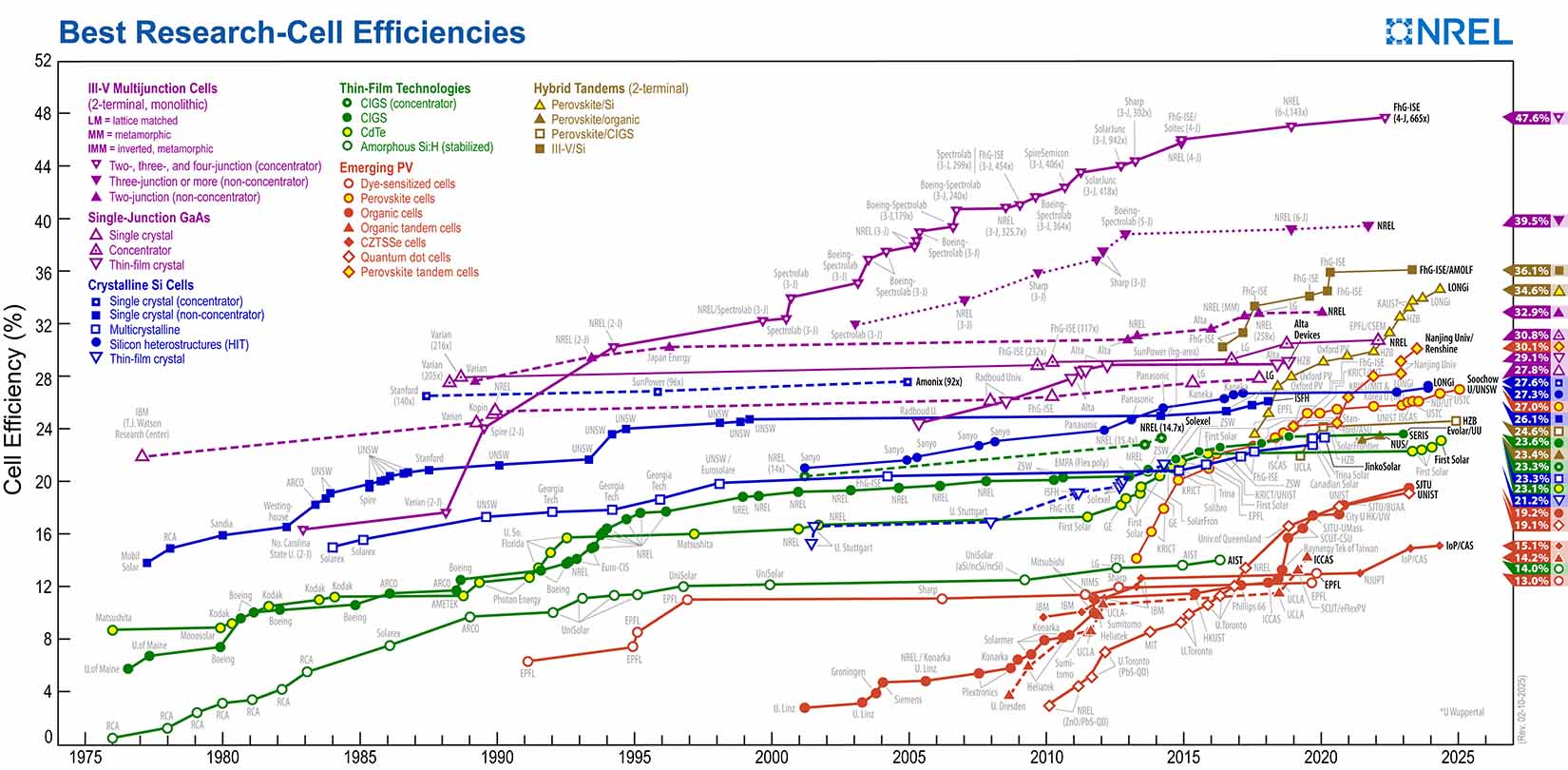
According to the National Renewable Energy Laboratory (NREL) , the average residential solar panel efficiency has increased from about 15% in 2010 to over 20% in 2020.
Practical Examples
For the first 9 months of 2024 my system has generated 3324.8kWh.
For the first 4.5 months I had 3.72kWp. In the middle of may I installed additional 3.2kWp of PV capacity on a solar gazebo.

A larger potion of this energy was generated during the summer months – 1847. Nevertheless, I still managed to offset most of the usage in my home and got paid for the export.

Counterargument: Critics might point out that this is peak performance and doesn’t account for variables like weather. This is a valid point, which brings us to our next myth
Myth 3: Solar Panels Only Work on Perfectly Sunny Days
Many believe that solar panels are useless on cloudy days or in regions with variable weather.
The Reality: While solar panels are most efficient in direct sunlight, they still generate electricity on cloudy days and in varying weather conditions. Studies show that solar panels still produce 10-25% of their optimal capacity on cloudy days. Why This Myth Persists: People often confuse optimal conditions with exclusive conditions. The visible difference in light on a cloudy day seems more significant to our eyes than it is to solar panels.
Real-World Application: Germany, known for its cloudy climate, is one of the world’s leaders in solar energy production. In 2020, solar power accounted for about 9% of Germany’s total electricity production.
Use this calculator to check for yourself. You’d be surprised by the average yearly yields even in countries like the UK and Germany.
Simple Solar Energy Generation Calculator
Location:Solar Capacity (kW):Panel Direction:SouthSoutheastSouthwestEastWestNortheastNorthwestNorthCalculate
*Using approximate latitude
An interesting fact I found is that server weather accounts for only 1% loss yearly from the participants.
However, flooding and high wind events were found to have an extremely long tail extending to 60% loss, showing that these discrete events can pose a substantial risk to PV systems.
Read more at: Extreme Weather and PV Performance
Myth 4: Solar-Powered Homes Have No Electricity When the Sun Isn’t Shining
Some worry that choosing solar means being left in the dark at night or during extended cloudy periods.
The Reality: Most residential solar systems are grid-tied, meaning they work in tandem with the traditional power grid. When your panels aren’t producing enough power, you automatically draw from the grid.
Economic Aspect
Many areas offer net metering, where excess energy produced during sunny periods is fed back to the grid for credit, offsetting the cost of power drawn at night.
Myth 5: You Need to Be Home During the Day to Benefit from Solar Power
This myth stems from a misunderstanding about how solar energy is used and stored. While it’s true that solar panels generate electricity during daylight hours, you don’t need to be home to use that energy effectively. There are two main ways to maximize your solar benefits, regardless of your daily schedule:
Net Metering
Many utility companies offer net metering programs. When your solar system produces more electricity than you’re using, the excess is fed back into the grid, and you receive credits on your utility bill. These credits can offset the cost of power you draw from the grid when your panels aren’t producing.
Battery Storage
Modern solar systems can be equipped with battery storage solutions. These batteries store excess energy produced during the day, allowing you to use it during peak evening hours or when your panels aren’t generating power. While batteries add to the initial cost of a solar system, they’ve become much more affordable in recent years and can significantly increase your energy independence.
Myth 6: Solar Panels Degrade Quickly and Need Frequent Replacement
The durability and longevity of solar panels often surprise people. Most modern solar panels come with a 20-25-year warranty, guaranteeing over 90% of their original capacity after this period. In reality, many solar panels continue to function effectively for 30 years or more. The degradation rate is typically less than 1% per year, meaning that after 25 years, panels are still operating at about 75-80% of their original capacity.
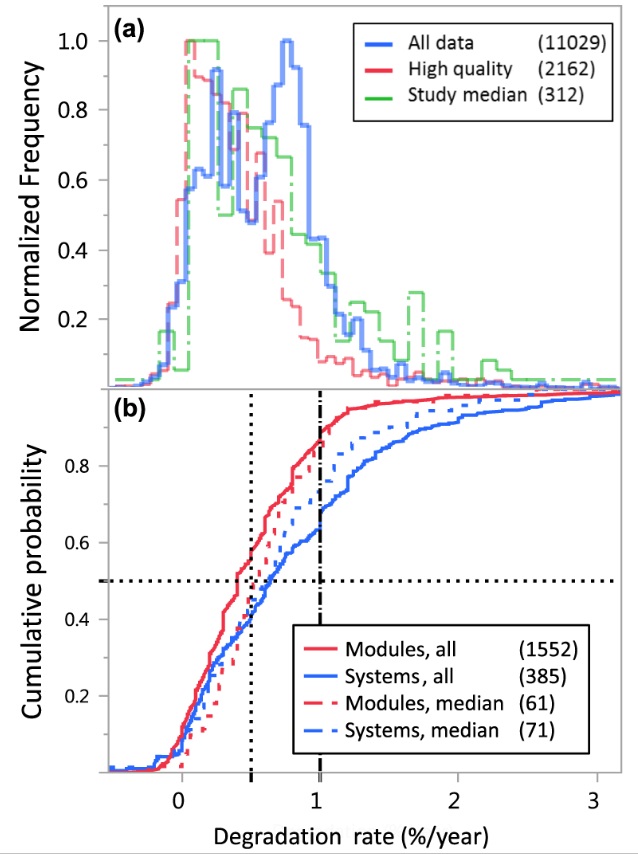
Myth 7: Solar Panels Are Harmful to Health and the Environment
One of the most persistent yet unfounded myths about solar energy is that it poses risks to human health and the environment. Let’s address these concerns:
Electromagnetic Radiation
Some people worry that solar panels emit harmful electromagnetic radiation. In reality, solar panels produce very low levels of electromagnetic fields, similar to or less than many common household appliances. These levels are well within safety guidelines and pose no known health risks.
Toxic Materials
While it’s true that solar panels contain some potentially harmful materials like lead and cadmium, these are safely encased within the panels. During normal operation, there’s no risk of exposure. Moreover, the solar industry has made significant strides in reducing the use of toxic materials and improving recycling processes.
Environmental Impact
Far from being harmful, solar energy significantly reduces environmental impact compared to fossil fuels. Solar panels produce clean, renewable energy without emitting greenhouse gases or other pollutants during operation. While there are some environmental costs associated with manufacturing and disposal, these are far outweighed by the environmental benefits over the panel’s lifetime.
End-of-Life Concerns
As the solar industry matures, recycling programs for solar panels are becoming more advanced and widespread. Many components of solar panels, including glass, aluminum, and semiconductors, can be recycled and used in new panels or other products. Wildlife Impact: Some have expressed concern about solar farms affecting local wildlife. While large solar installations do require land use changes, many solar farms are designed with wildlife corridors and native plant species to minimize ecological disruption. Rooftop solar installations on existing structures have virtually no additional impact on wildlife.
Conclusion
As solar technology continues to advance and become more accessible, it’s important for homeowners to have accurate information when considering this renewable energy option. By debunking these common myths, including misconceptions about health and environmental impacts, we hope to shed light on the true potential of solar energy for residential use. Solar power is not only a clean and efficient energy source but also a safe one, with significant benefits for both homeowners and the environment. Whether you’re looking to reduce your carbon footprint, save on energy bills, or increase your home’s energy independence, understanding the realities of solar power is the first step in making an informed decision.

